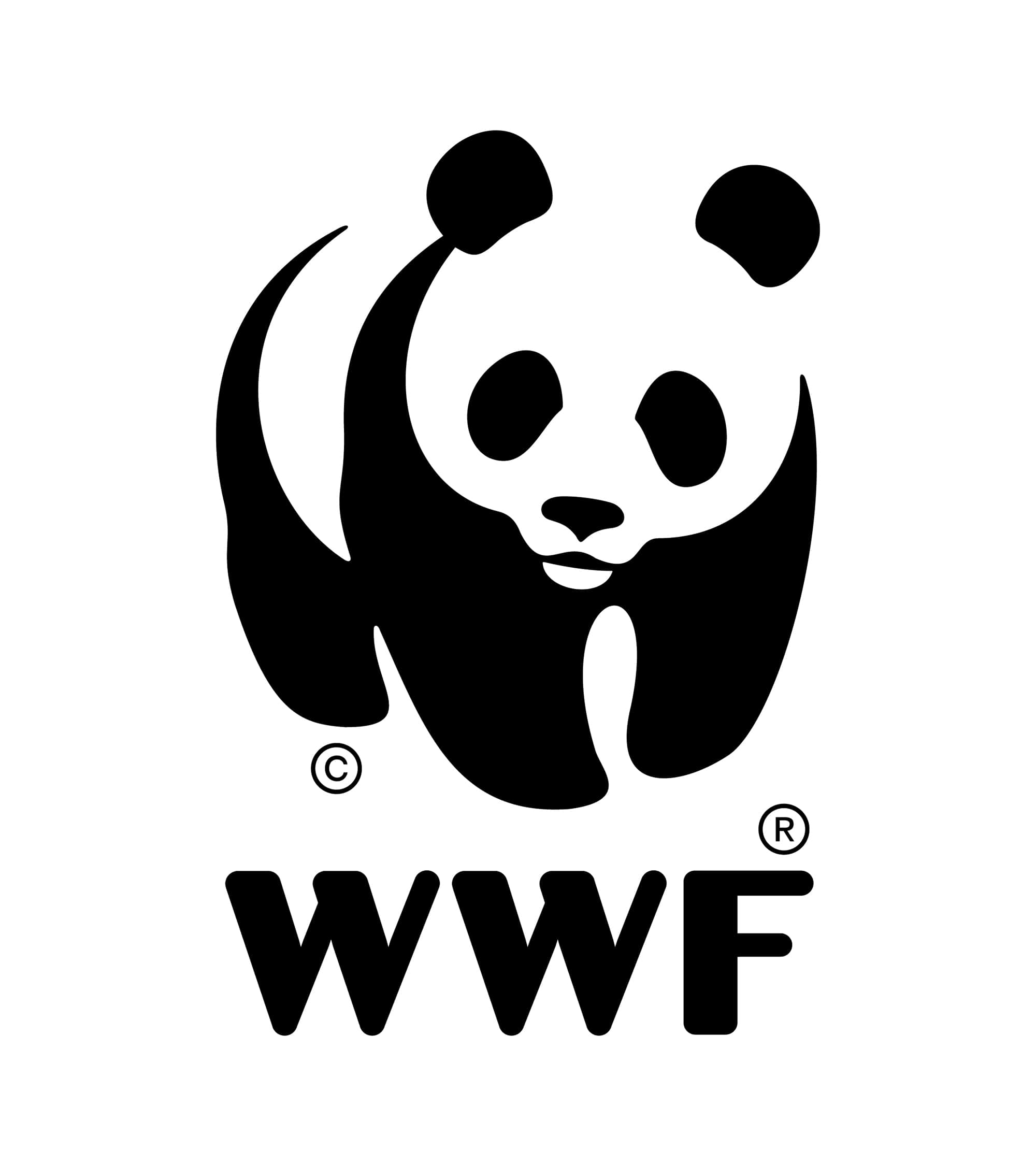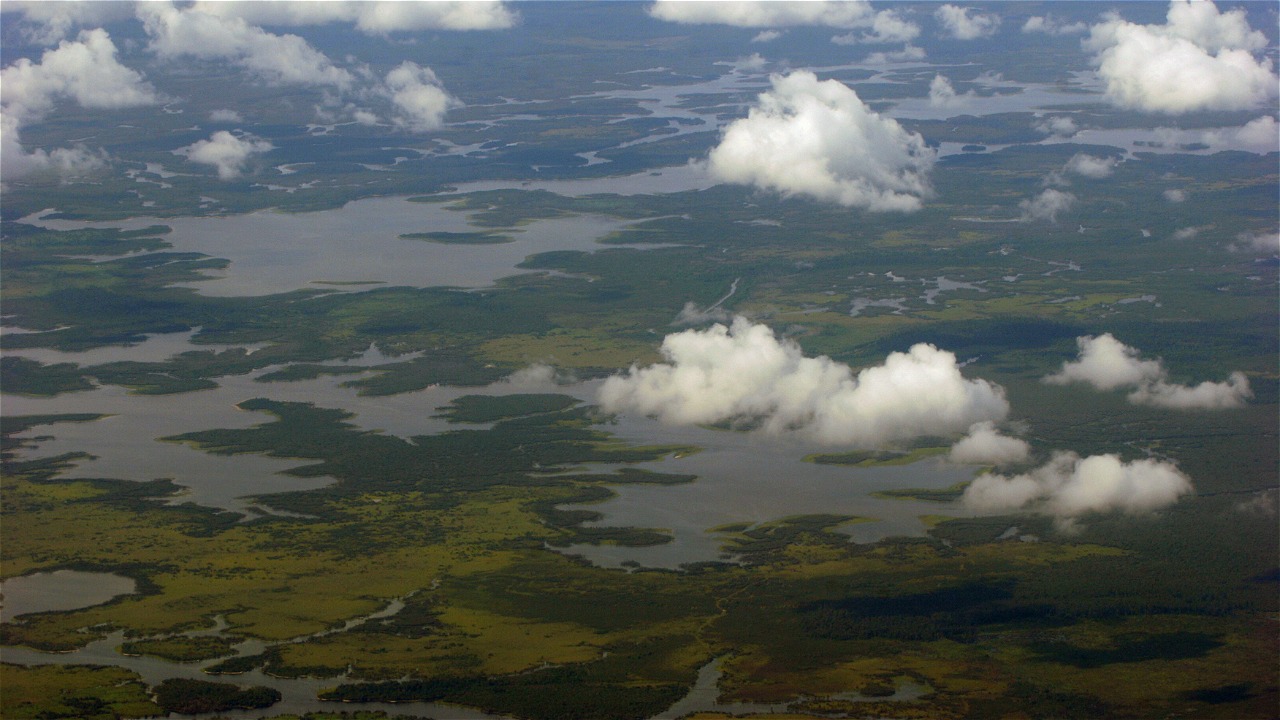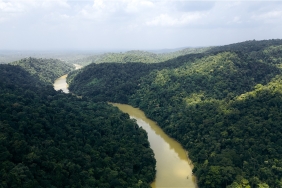DANAU SENTARUM HONEY: RECONFIRMING THE TRADITIONAL HONEY FARMING
By: Masayu Yulien Vinanda
Jakarta (09/12)- The people living around Danau Sentarum National Park particularly villagers from Leboyan and Semangit (located in Selimbau sub-district, Kapuas Hulu, West Kalimantan) have been using “tikung” (artificial branch) as their traditional honey farming. This technique has contributed in developing organic honey in the conservation area as well as generating income for the honey farmers.
Interestingly, the local knowledge on honey farming was gained by learning from the nature. The Sentarum lake which was often flooded has given the villagers an invaluable learning.
“There was a story of how Tikung was innovated a long time ago. One time when flood hit our village, there was a tree trunk washed away and it leaned on another tree. When the water level went down, the trunk was seen hanging on the tree, then a colony of bees came and built their hive in the trunk. Incidentally, a villager found the bee-nested trunk. Then he combed the bee-hives and harvested lots of honey,” said Basriwadin, one of Semangit villager who is also an inspector of APDS (Forest Honey Bee Collectors’ Asociation in Lake Sentarum).
This simple observation had encouraged the villagers to create artificial branch which then called “tikung.” Tikung is made of dead Tembesu (Fagraea fragrans), a large evergreen tree native to South-east Asia. This Tembesu log was cut into small board (1.5 m length, 25 cm width, 4.5cm thickness). Resembling a kite, it is big at the front and becomes small at the back.
“This tikung-board design aims at providing more space for the bees to build bigger nest,” Basriwadin added.
Tikung then is put in the trees as forest honey bee (Apis dorsata) nest. As the trees bloom, the bees will come, searching their food and building their nests.
The forest honey collectors in Danau Sentarum only cut the head of beehives and leave the brood comb so that the queen bee can still lay eggs in near time. The farmers slice the beehives and refine the honey. The process was hygienically undertaken in accordance to the Internal Control System (ICS) which was previously agreed amongst the farmers.
Usually, the honey is harvested during the wet season as the trees in Danau Sentarum bloom. At that time, the income obtained by the community fishing is at its lowest point. The organic honey farming will automatically generate an alternative income for the community around Danau Sentarum.
Data from The Forest Honey Bee Collectors’ Asociation in Lake Sentarum (APDS) says that in 2007, 4.3 tonnes honey was produced. Meanwhile during the harvest season in 2008-2009, it attained 16.5 tonnes of organic honey. 10 tonnes was sold to JMHI’s partner (Forest Honey Indonesian Network), PT. Dian Niaga in Jakarta, and 1.5 tonnes was distributed by local NGO, Riak Bumi.
To date, 217 farmers of 11 periau (group of traditional forest honey farmers) are parts of the Association. This number has not reached half of the total periau in Danau Sentarum attaining to 33 periau with total production 30 tonnes of forest honey. If the Association managed to embrace other 21 groups, it is expected that the income would reach out approximately 4 billion rupiahs. A high economic value which is worth to be developed in order to increase the local economy for the people around Danau Sentarum conservation area.





